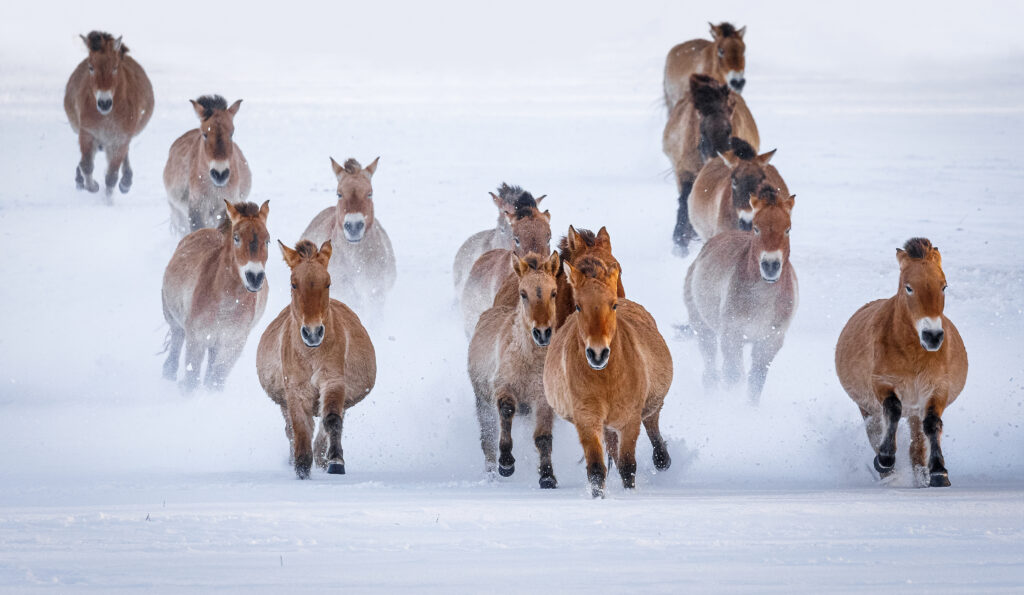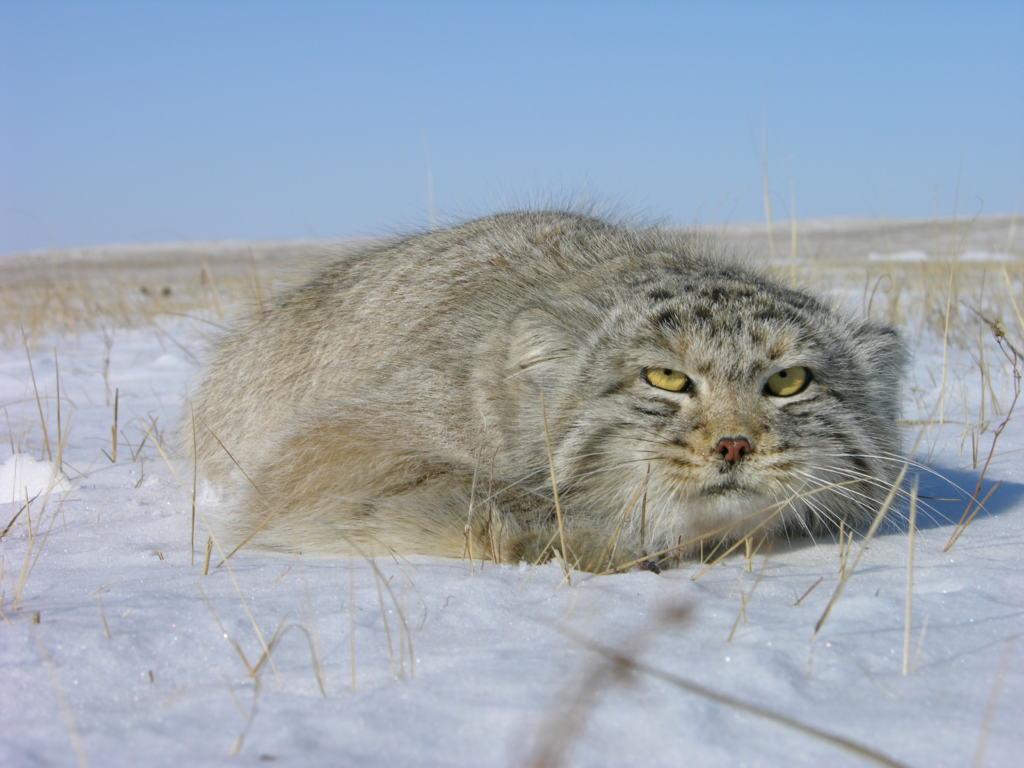Mammals
Przewalski’s Horse to return to Kazakh steppe
Plans are underway to reintroduce Przewalski’s horse, a genetic descendent of the Botai horses domesticated in Kazakhstan some 5,500 years ago, to Kazakhstan’s central steppes, following a more than 100-year absence from the country. Per terms of the multi-stakeholder agreement between government and zoological entities in Kazakhstan, Czechia, Germany, and Hungary, the horses will be…
Read MoreAdopt a Camera for the Pallas’s “Grumpy” Cat
ABOUT THOSE FUZZY FELINES. Also known as a “Manul Cat,” a name with roots in the Mongolian language, Pallas’s cats are characterized by their thick fur, big round ears, and grumpy expressions. Native to Central Asia, Pallas’s cats are elusive, hampering the calculation of accurate population counts. Without more data, scientists struggle to know how…
Read MoreInternational Pallas’s “Grumpy” Cat Day – April 23
Every dog has its day, or so the expression goes, but so do cats! Arguably one of the lesser-known animal holidays (and one of several cat calendar observances) is International Pallas’s Cat Day, an educational and conservation-oriented holiday observed on April 23. Read on to learn more about the holiday’s honoree and support Pallas’s cat…
Read More

